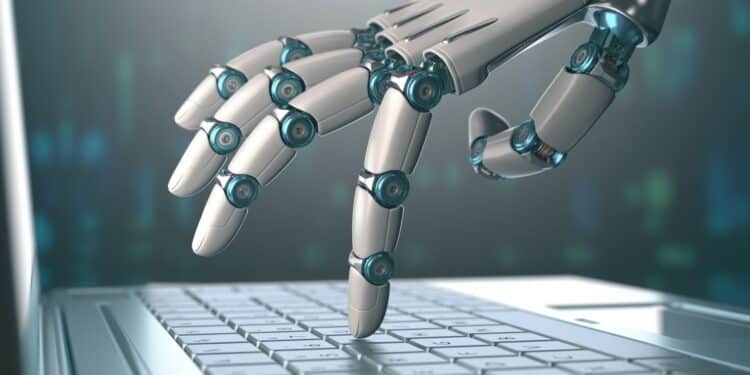Artificial Intelligence (AI) is already taking jobs, and young workers are feeling the brunt of the impact, a new study from Stanford University has found.
Researchers at the university examined “millions” of employment records in the US from payroll data company ADP and found that early-career workers in the most AI-exposed occupations, such as software development and customer service, have seen a 13% decline in employment since late 2022.
“In contrast, employment trends for more experienced workers in the same occupations, and workers of all ages in less-exposed occupations such as nursing aides, have remained stable or continued to grow,” the study noted.
The evidence is “consistent with the hypothesis that the AI revolution is beginning to have a significant and disproportionate impact on entry-level workers in the American labor market.”
The study also found a significant difference between “automative” uses of AI and “augmentative” uses of AI. “Automative” use of AI involves replacing human workers with AI that can do the same task, while “augmentative” use means using AI to improve the quality of humans’ work, such as by finding abnormalities in medical scans or fraud detection systems used by financial firms.
The evidence suggests that while “automative” use of AI decreases employment, “augmentative” use does not.
The study supports what some AI experts have been warning about for some time: that AI will lead to a significantly tougher employment situation for white-collar workers who had been immune to previous rounds of automation. And entry-level jobs, which are often the most rote and therefore the easiest to automate, will be especially hard hit.
AI to Take Over Half of Entry-Level Jobs
Earlier this year, the CEO of Anthropic, one of the world’s leading AI firms, warned that he expects half of entry-level, white-collar jobs to disappear as businesses implement AI.
Dario Amodei expects unemployment to spike to 10%-20% in the coming years as a result. He added that politicians and policymakers are unprepared for this change.
“Most of them are unaware that this is about to happen,” Amodei told Axios. “It sounds crazy, and people just don’t believe it.”
Amodei painted a picture of a world where AI has achieved nearly miraculous things, but the economic benefits of AI are limited.
“Cancer is cured, the economy grows at 10% a year, the budget is balanced – and 20% of people don’t have jobs.”
The Stanford study backs up some recent research showing that, in the AI revolution, the value of many skills is declining.
Also Read: Military Experts from 17 Countries Converge in Kenya for AI Summit
Unemployment Increases in the US
A recent report from Bank of America (BoFA) Global Research found that since 2022, the unemployment rate for recent graduates in the US has risen above the overall unemployment rate for the first time in many years.
And globally, some 298 million young people “are neither gaining professional experience through a job nor developing skills by participating in an educational or vocational program, limiting economic gains.”
BofA expects that “employment prospects will likely remain subdued for young workers in the medium term as global trade tensions heighten economic uncertainty and sectors such as manufacturing and professional & business services swiftly embrace AI, potentially reducing entry-level positions.”
Also Read: Artificial Influence: How AI Is Reshaping International Relations
Young Workers Shift Focus
However, the Stanford study suggests that young workers themselves are responding to the new situation and shifting their career ambitions away from jobs that are exposed to AI.
“The adoption of new technologies typically leads to… an adjustment period as workers reallocate from displaced forms of work to new forms with growing labor demand,” the study’s authors wrote.
“Such endogenous adjustment may already be happening with AI, with emerging evidence of shifts in college majors away from AI-exposed categories such as computer science.”
Follow our WhatsApp Channel and X Account for real-time news updates.
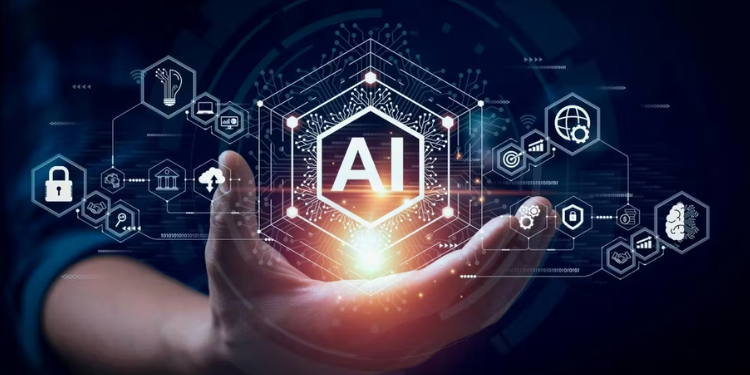







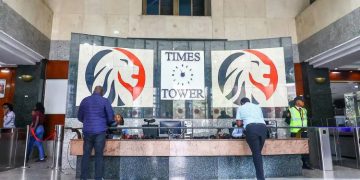



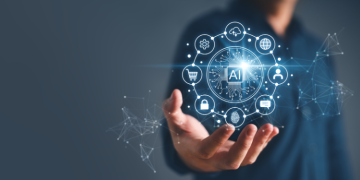
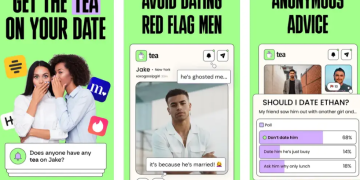










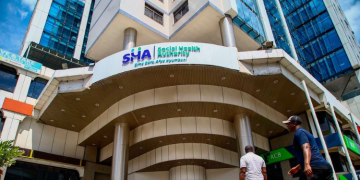
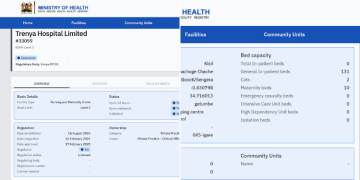

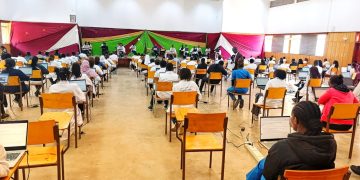


![Understanding Endometriosis: Expert Breaks Down Causes, Symptoms And Treatment [Video] Dr. Joseph Njagi, A Renowned Endometriosis Specialist A Surgeon, Says That Period Pain Among Girls And Women Should Not Be Ignored As A Normal Thing, As It May Signal A Symptom Of Endometriosis]( https://thekenyatimescdn-ese7d3e7ghdnbfa9.z01.azurefd.net/prodimages/uploads/2025/08/Dr-Joe-Njagi-together-with-his-team-of-Doctors-in-a-theatre-room-360x180.png)










































